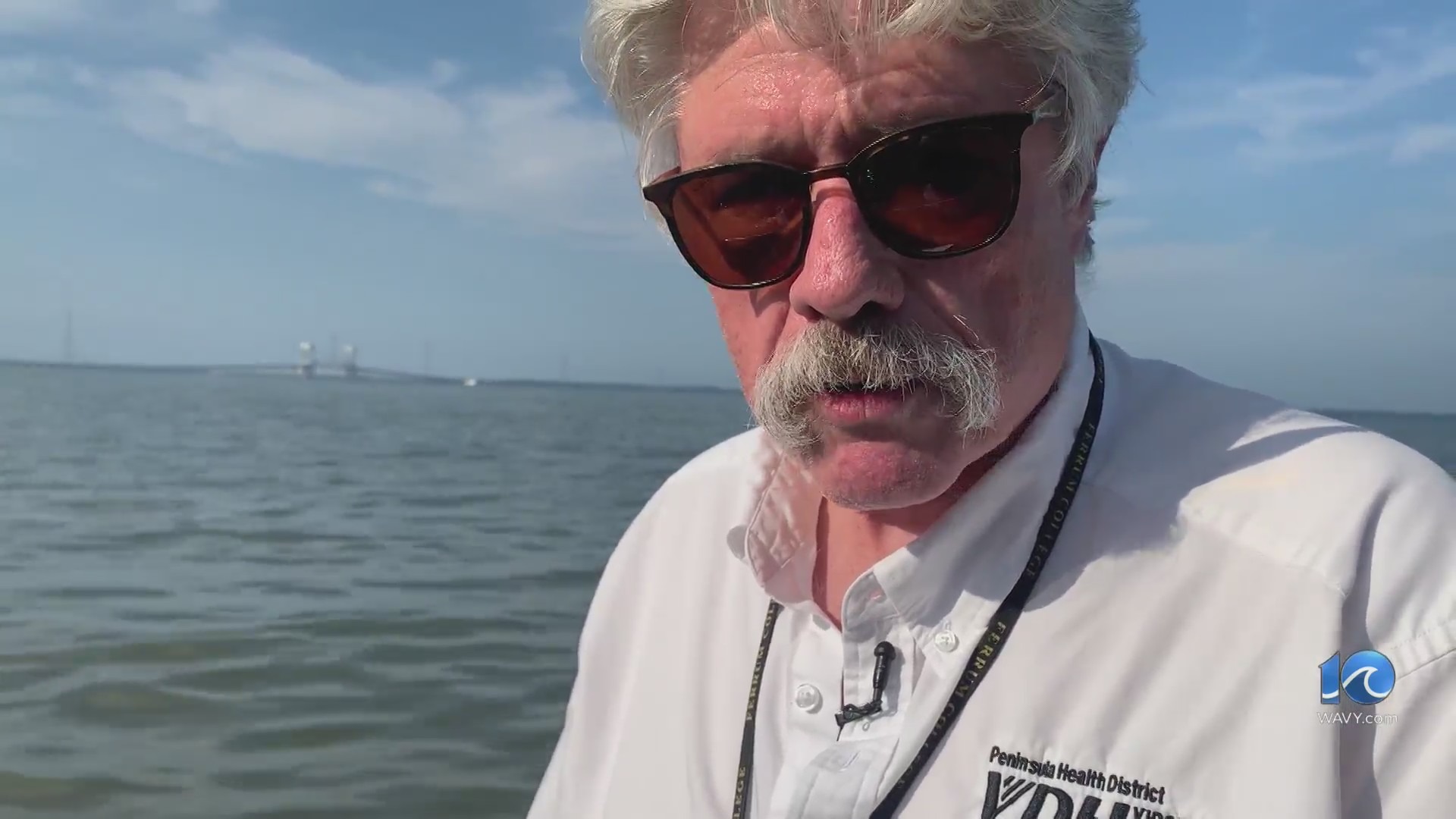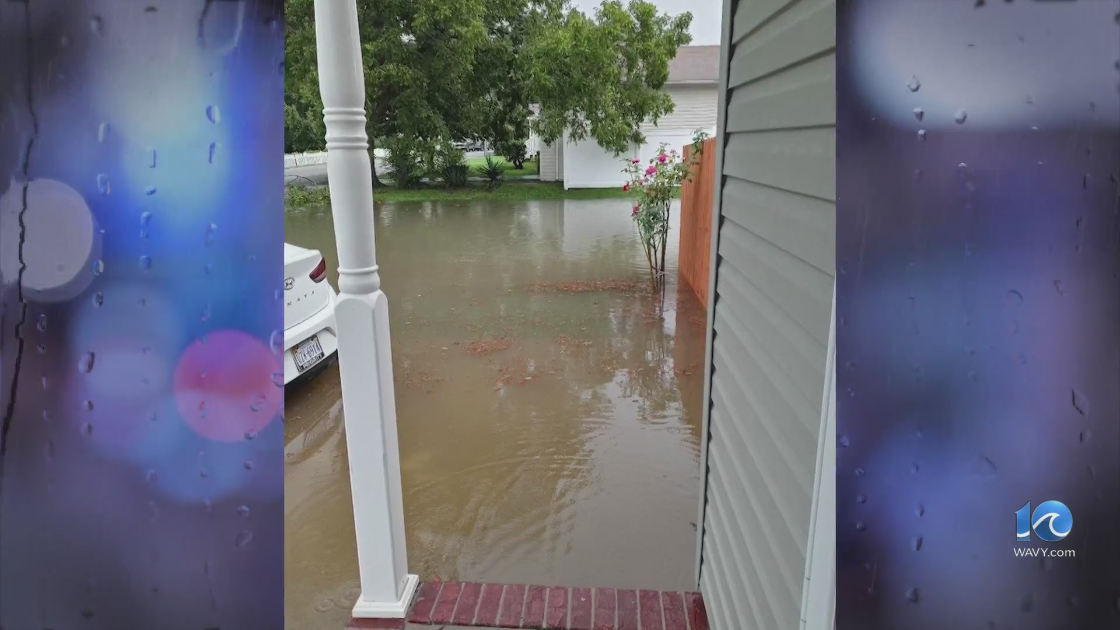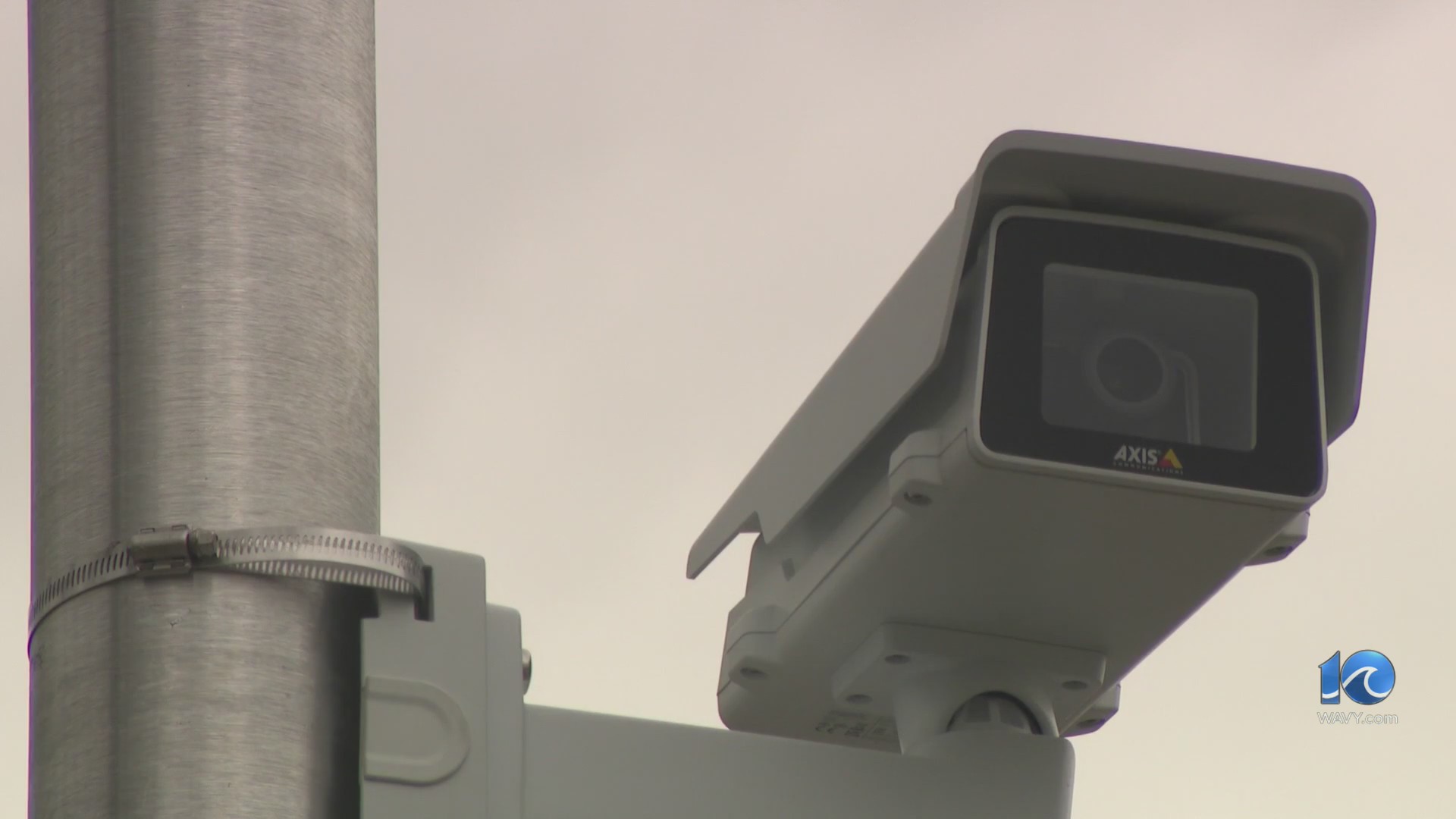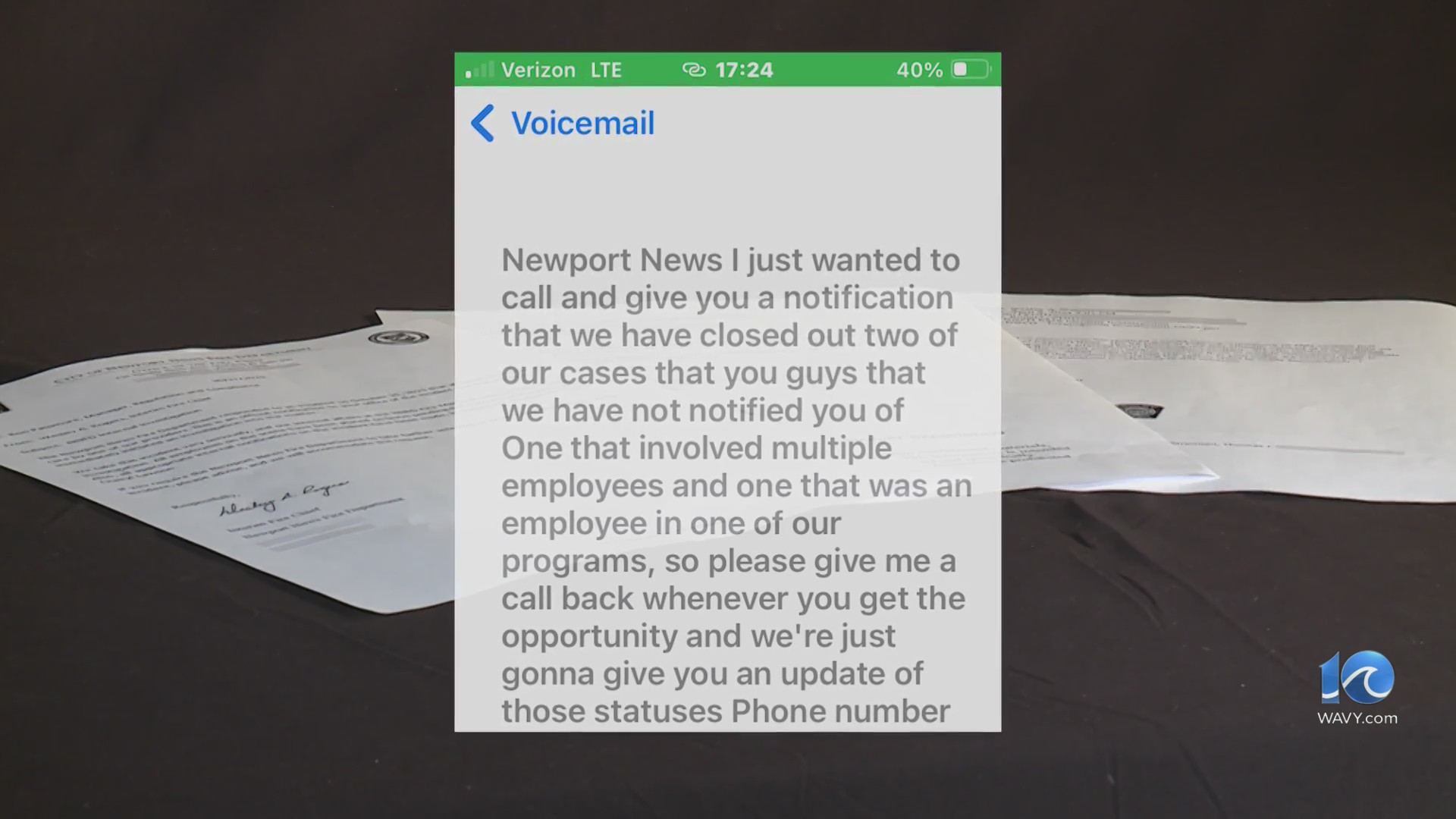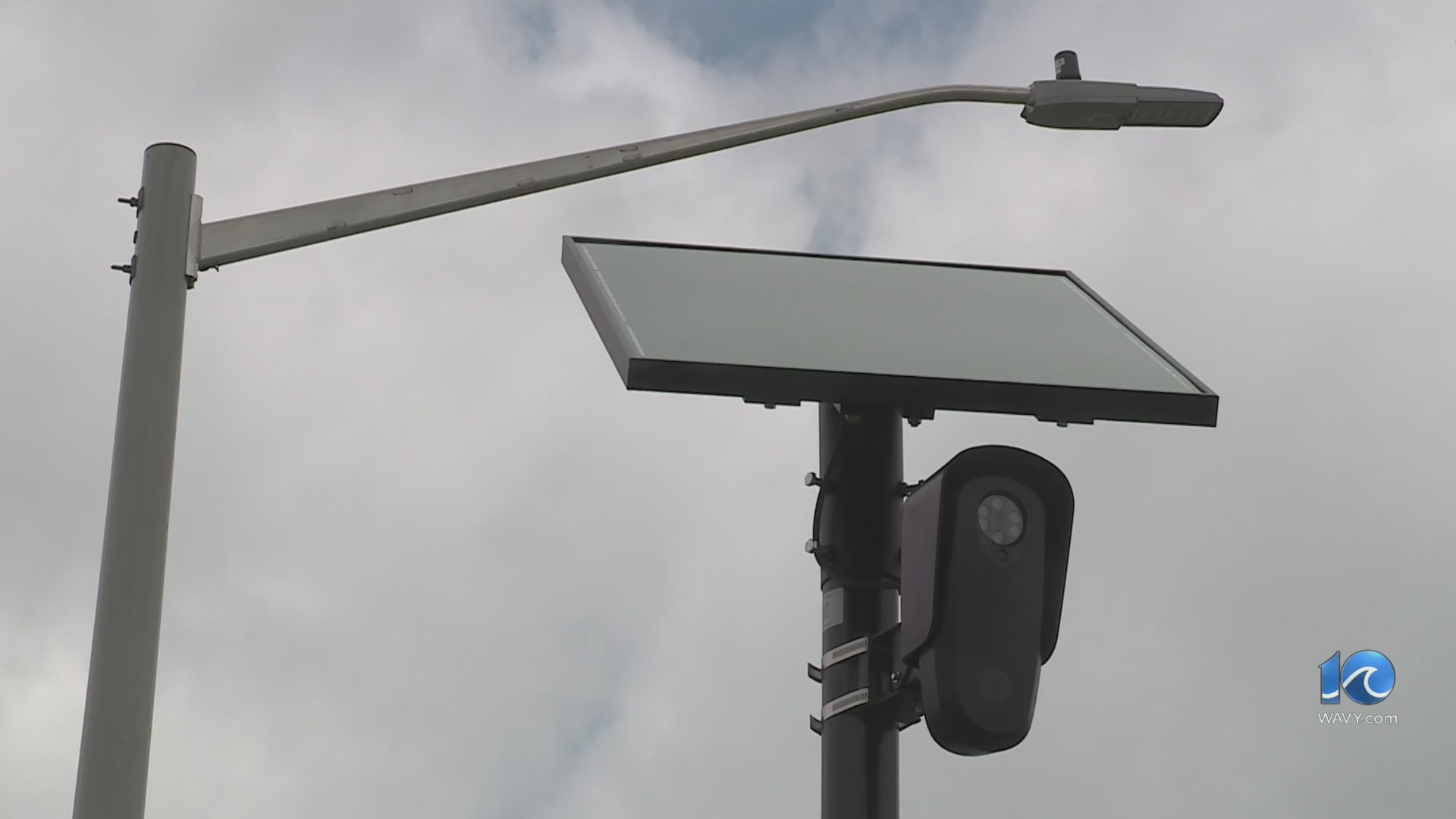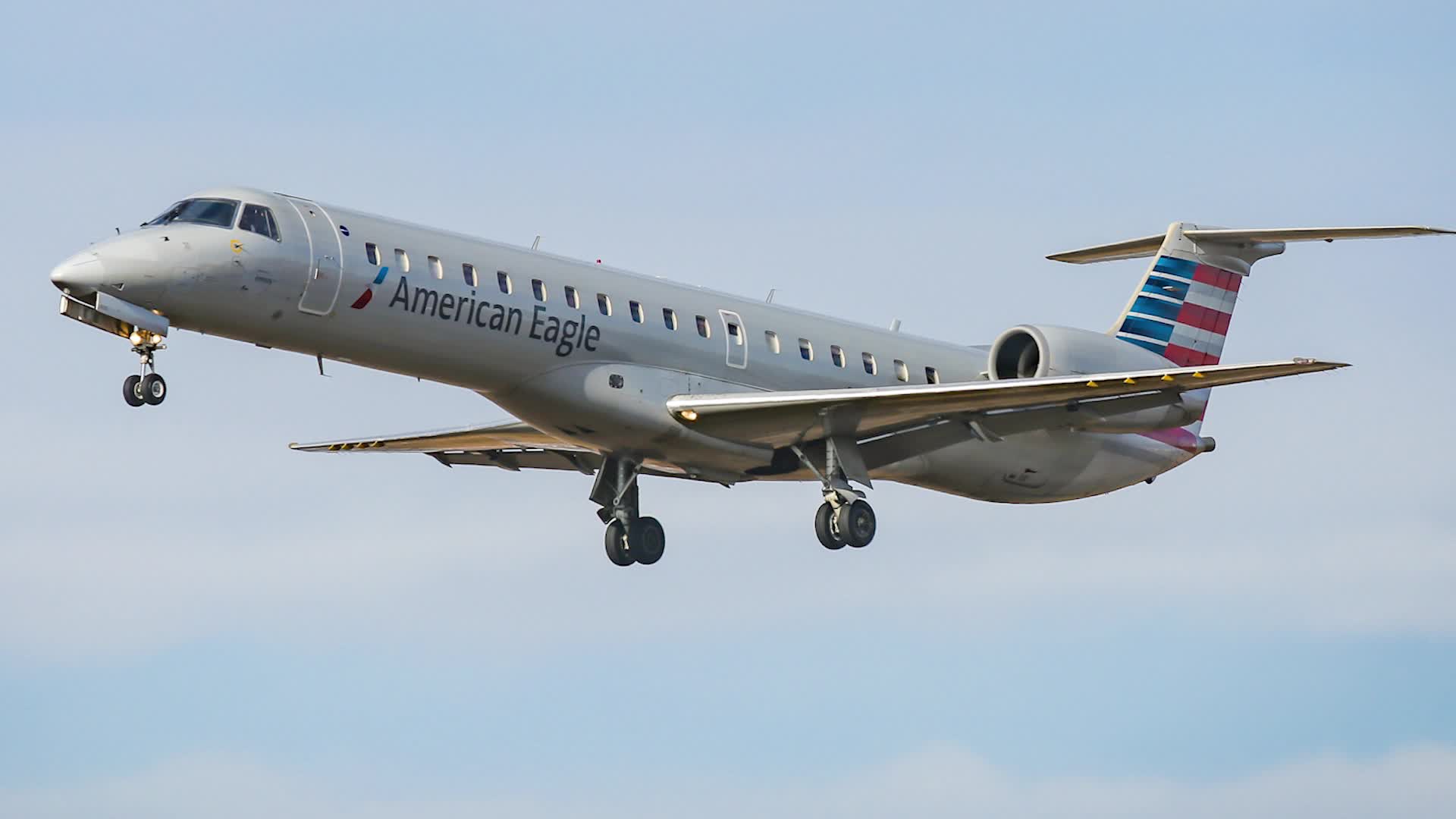WASHINGTON (AP) — The U.S. is sending a small number of additional troops to the Middle East in response to a sharp spike in violence between Israel and Hezbollah forces in Lebanon that has raised the risk of a greater regional war, the Pentagon said Monday.
Pentagon press secretary Maj. Gen. Pat Ryder would provide no details on how many additional forces or what they would be tasked to do. The U.S. currently has about 40,000 troops in the region.
On Monday, the aircraft carrier USS Harry S. Truman, two Navy destroyers and a cruiser set sail from Norfolk, Virginia, headed to the Sixth Fleet area in Europe on a regularly scheduled deployment. The ships’ departure opens up the possibility that the U.S. could keep both the Truman and the aircraft carrier USS Abraham Lincoln, which is in the Arabian Gulf, in the region in case more violence breaks out.
“In light of increased tension in the Middle East and out of an abundance of caution, we are sending a small number of additional U.S. military personnel forward to augment our forces that are already in the region,” Ryder said. “But for operational security reasons, I’m not going to comment on or provide specifics.”
The new deployments come after significant strikes by Israeli forces against targets inside Lebanon that have killed hundreds and as Israel is preparing to conduct further operations. Israeli Prime Minister Benjamin Netanyahu on Monday warned Lebanese civilians in a videotaped message to evacuate their homes ahead of a widening air campaign. He spoke as Israeli warplanes continued to strike alleged Hezbollah targets in southern and eastern Lebanon.
U.S. officials said a decision is expected soon, possibly this week, on whether the Lincoln will stay in the Middle East or continue on to the Asia-Pacific.
Having two carrier strike groups in the Middle East at the same time has been relatively rare in recent years. But as violence has spiked between Israel and Hamas and Hezbollah, both Iranian-backed, the Biden administration has ordered the Navy to have the carriers and their warships overlap for several weeks on a couple occasions.
It will take the Truman about two weeks to cross the Atlantic Ocean and get into the Mediterranean Sea. The officials spoke on condition of anonymity to discuss troop movements.
The State Department is warning Americans to leave Lebanon as the risk of a regional war increases.
“Due to the unpredictable nature of ongoing conflict between Hezbollah and Israel and recent explosions throughout Lebanon, including Beirut, the U.S. Embassy urges U.S. citizens to depart Lebanon while commercial options still remain available,” the State Department cautioned Saturday. Ryder would not say if those additional forces might support the evacuation of those citizens if needed.
There is already a Marine amphibious ready group in the eastern Mediterranean Sea, with the 26th Marine Expeditionary Unit aboard, which is expected to be able to assist in an evacuation if needed.
Defense Secretary Lloyd Austin held back-to-back calls with Israeli Defense Minister Yoav Gallant over the weekend as he pressed for a cease-fire and a reduction of tensions in the region, Ryder said.
“Given the tensions, given the escalation, as I highlighted, there is the potential for a wider regional conflict. I don’t think we’re there yet, but it’s a dangerous situation,” Ryder said.
The U.S. presence in the Middle East is designed both to help defend Israel and protect U.S. and allied personnel and assets. Navy warships are scattered across the region, from the eastern Mediterranean Sea to the Gulf of Oman, and both Air Force and Navy fighter jets are strategically based at several locations to be better prepared to respond to any attacks.









